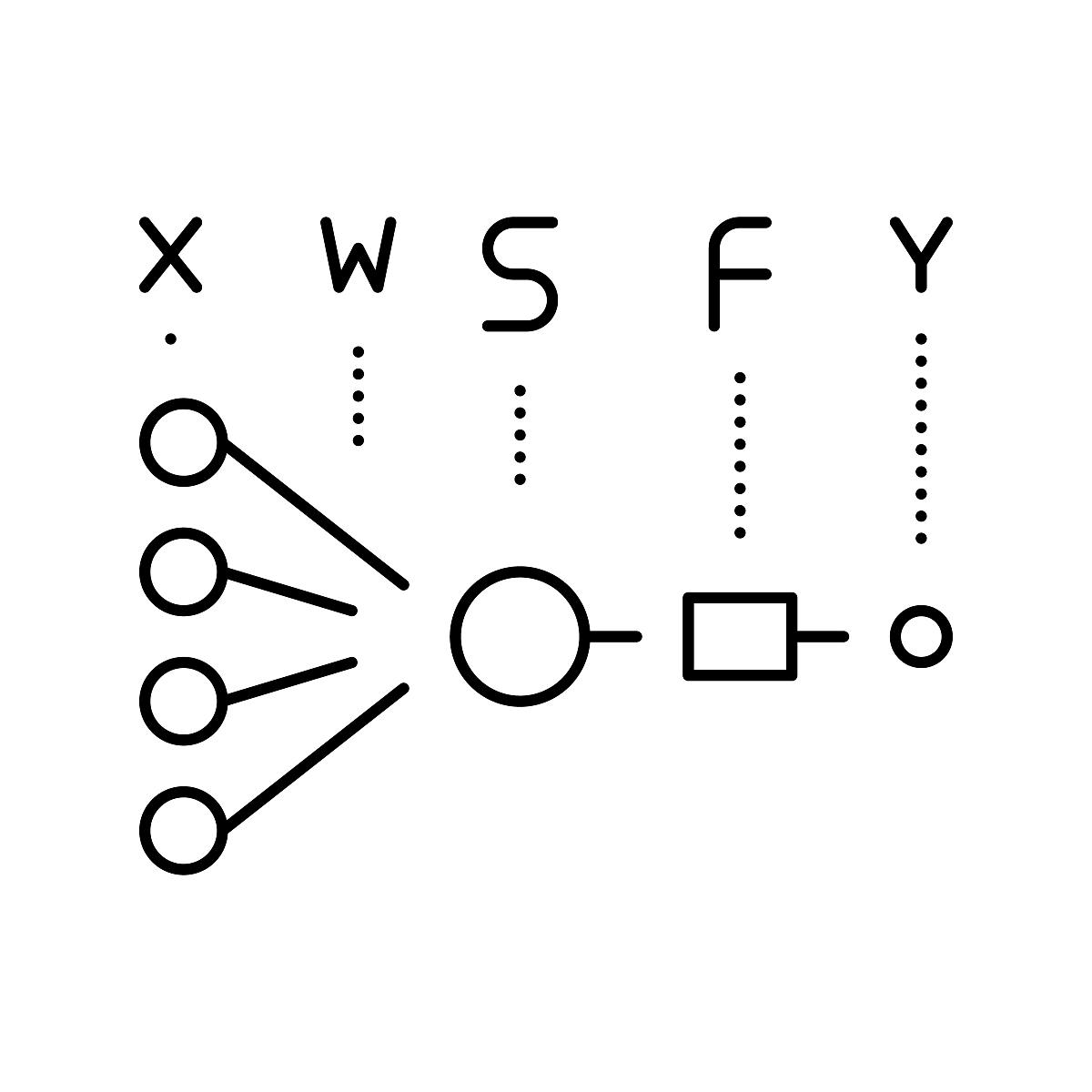基于RNN的汉语拼音预测模型实现
基于RNN的汉语拼音预测模型实现
本文将介绍如何使用循环神经网络(RNN)构建一个汉语拼音预测模型,并使用PyTorch框架进行实现。模型的训练和预测过程将详细讲解,同时还会分析时间步数对模型性能的影响。
1. 数据准备
首先,我们需要准备汉语拼音数据。这里使用一个包含所有汉语拼音的文本文件作为数据源。
import numpy as np
import matplotlib.pyplot as plt
import torch
import collections # 统计出现次数用
with open('D:\汉语音节表 (1).txt', encoding='UTF-8') as f:
line = f.readline() # 只有一行
# 提取词元,本次的词元为字符
tokens = list(line)
print('音节表中共有%d个字符' % len(tokens))
# 对词元进行统计,得到语料
counter = collections.Counter(tokens)
token_freq = sorted(counter.items(), key=lambda x: x[1], reverse=True)
print('共有%d个不重复字符, 按出现次数前3个为:' % len(token_freq))
print(token_freq[:3])
# 构建字符与数字之间的关系
idx2token = [x[0] for x in token_freq]
token2idx = {token : idx for idx, token in enumerate(idx2token)}
# 将拼音表转化成数字
corpus = np.asarray([token2idx[t] for t in tokens])
print('拼音表转化前:')
print(tokens[:30])
print('拼音表转化后:')
print(corpus[:30])
2. 数据处理
为了方便模型训练,我们将数据处理成序列的形式。这里定义了两个函数:get_step_ind 用于生成单个序列,get_batch_ind 用于生成包含多个序列的Batch。
def get_step_ind(n_begin, n_steps, n_tokens):
''' 生成一个样本序列,以索引表示
'''
assert n_begin + n_steps < n_tokens, 'error: n_begin'
x_ind = np.arange(n_begin,n_begin+n_steps)
y_ind = x_ind + 1
return (x_ind, y_ind)
def get_batch_ind(n_begins, n_steps, n_tokens):
''' 生成样本序列构成的Batch,以索引表示
'''
x_inds_list, y_inds_list = [],[]
for n_begin in n_begins:
x_ind, y_ind = get_step_ind(n_begin, n_steps, n_tokens)
x_inds_list.append(x_ind)
y_inds_list.append(y_ind)
x_inds = np.vstack(x_inds_list)
y_inds = np.vstack(y_inds_list)
return (x_inds.T, y_inds.T)
3. 随机采样和顺序划分
我们使用两种方法对数据进行采样:随机采样和顺序划分。
- 随机采样:
get_random_batch函数从数据中随机选择一定数量的序列,构成一个Batch。 - 顺序划分:
get_seq_batches函数将数据按照顺序分成多个Batch,每个Batch包含一定数量的连续序列。
def get_random_batch(batch_size,n_steps, n_tokens):
'''随机采样
返回一个Batch
'''
valid_range = np.arange(n_tokens-n_steps-1)
n_begins = np.random.choice(valid_range, size=(batch_size,), replace=False)
return get_batch_ind(n_begins, n_steps, n_tokens)
def get_seq_batches(n_batch,batch_size, n_steps, n_tokens):
''' 顺序划分
返回多个Batch,Batch之间按时间相关
'''
valid_range = np.arange(n_tokens-n_steps*n_batch-1)
n_begins_0 = np.random.choice(valid_range, size=(batch_size,), replace=False)
batch_seq_list = []
for n_batch_seq in np.arange(n_batch):
batch_seq_list.append( get_batch_ind(n_begins_0, n_steps, n_tokens) )
n_begins_0 += n_steps
return batch_seq_list
batch_size = 2
n_steps = 8
n_tokens = len(tokens)
n_batch = 3
n_vocab = len(idx2token)
X_rand_batch, Y_rand_batch = get_random_batch(batch_size,n_steps, n_tokens)
print('随机采样,以位置表示')
print(X_rand_batch)
print('随机采样,转化成数字')
print(corpus[X_rand_batch])
print('随机采样,将其中一个序列转化成字符')
print([idx2token[t] for t in corpus[X_rand_batch][:,0]] )
XY_seq_list = get_seq_batches(n_batch,batch_size,n_steps, n_tokens)
print('顺序划分,以位置表示')
print(XY_seq_list[0][0])
print(XY_seq_list[1][0])
print(XY_seq_list[-1][0])
4. One-hot 编码
我们将每个字符使用 one-hot 编码进行表示,方便模型的输入。
# one-hot 编码
one_hot_matrix = np.eye(len(idx2token))
X_enc = one_hot_matrix[corpus[X_rand_batch]] # 以随机采样一个Batch中的X为例
print('X的形状:')
print(X_enc.shape)
5. 模型构建
我们使用 PyTorch 框架构建 RNN 模型,循环单元可以选择 nn.RNN 或者 nn.GRU。模型结构如下:
- 输入层: 将 one-hot 编码后的字符作为输入。
- 循环层: 使用
nn.RNN或nn.GRU作为循环层,并设置隐藏层的大小和层数。 - 输出层: 使用全连接层将循环层的输出映射到词表大小,并使用 softmax 函数进行概率预测。
class MyRNN(torch.nn.Module):
def __init__(self, n_vocab, n_hid, n_layers=1):
super(MyRNN, self).__init__()
self.n_vocab = n_vocab
self.n_hid = n_hid
self.n_layers = n_layers
self.rnn = torch.nn.RNN(self.n_vocab, self.n_hid, self.n_layers)
# self.rnn = torch.nn.GRU(self.n_vocab, self.n_hid, self.n_layers)
self.linear = torch.nn.Linear(self.n_hid, self.n_vocab)
def forward(self, X, state):
X = X.to(torch.float32)
Y, state = self.rnn(X, state)
# 全连接层⾸先将Y的形状改为(时间步数*批量⼤⼩,隐藏单元数)
# 它的输出形状是(时间步数*批量⼤⼩,词表⼤⼩)。
output = self.linear(Y.reshape((-1, Y.shape[-1])))
return output, state
def begin_state(self, batch_size):
return torch.zeros((self.n_layers, batch_size, self.n_hid))
6. 模型训练
模型训练使用交叉熵损失函数和 Adam 优化器。
def train_data_iter(n_batch):
for ii in range(n_batch):
X_rand_batch, Y_rand_batch = get_random_batch(batch_size,n_steps, n_tokens)
one_hot_matrix = np.eye(len(idx2token))
X_enc = one_hot_matrix[corpus[X_rand_batch]]
Y_enc = one_hot_matrix[corpus[Y_rand_batch]]
yield torch.from_numpy(X_enc), torch.from_numpy(Y_enc)
batch_size = 10
n_steps = 100
model = MyRNN(n_vocab, 500)
criteria = torch.nn.CrossEntropyLoss()
optimizer = torch.optim.Adam(model.parameters(), lr=0.001)
train_loss_list = []
train_acc_list = []
model.train()
for batch_id, (X,Y) in enumerate(train_data_iter(1000)):
state = model.begin_state(batch_size)
Y_hat, state = model(X, state)
Y_target = Y.reshape((-1, Y.shape[-1]))
loss = criteria(Y_hat, Y_target)
optimizer.zero_grad()
loss.backward()
optimizer.step()
correct_batch = (Y_hat.argmax(1) == Y_target.argmax(1)).type(torch.float).sum().item()
train_acc_batch = 100 * correct_batch / (n_steps * batch_size)
train_loss_list.append(loss.item())
train_acc_list.append(train_acc_batch)
if batch_id % 100 == 0:
print('batch_id:%d, loss:%f, acc:%f' % (batch_id, loss.item(), train_acc_batch))
train_loss = np.asarray(train_loss_list)
train_acc = np.asarray(train_acc_list)
print('训练后的困惑度:%f' % np.exp(train_loss[-1]))
plt.figure()
plt.plot(np.arange(len(train_loss)), np.exp(train_loss))
plt.grid(True)
plt.xlabel('n_updates')
plt.ylabel('perplexity')
plt.figure()
plt.plot(np.arange(len(train_acc)), train_acc)
plt.grid(True)
plt.xlabel('n_updates')
plt.ylabel('ACC')
7. 模型预测
模型训练完成后,我们可以进行预测。这里实现了两种预测方式:单步预测和 K 步预测。
- 单步预测: 输入一个字符,模型预测下一个字符。
- K 步预测: 输入一个字符序列,模型预测接下来的 K 个字符。
# 单步预测
def predict_one_step(model, prefix, state, idx2token):
prefix = prefix[-1:] # 只取最后一个字符
X = torch.zeros((1,1,n_vocab))
X[0,0,token2idx[prefix]] = 1
Y_hat, state = model(X, state)
return Y_hat, state
# K 步预测
def predict_k_step(model, prefix, k, state, idx2token):
Y_hat, state = predict_one_step(model, prefix, state, idx2token)
for ii in range(k):
predict_idx = Y_hat.argmax(1).item()
prefix += idx2token[predict_idx]
Y_hat, state = predict_one_step(model, prefix, state, idx2token)
return prefix
# 测试单步预测和K步预测
prefix = 'zh'
state = model.begin_state(1)
print('单步预测结果:', predict_one_step(model, prefix, state, idx2token))
print('K步预测结果:', predict_k_step(model, prefix, 10, state, idx2token))
8. 时间步数的影响
时间步数是 RNN 模型的一个重要参数,它决定了模型可以学习到的序列长度。时间步数的选择会影响模型的性能。
我们可以通过改变时间步数,测试模型的性能,并分析其原因。
# 测试不同时间步数的模型性能
time_steps = [10, 20, 50, 100]
for n_steps in time_steps:
model = MyRNN(n_vocab, 500)
# 重新训练模型
# ...
# 测试模型性能
# ...
print('时间步数:%d, 性能:...' % n_steps)
总结
本文介绍了基于 RNN 的汉语拼音预测模型实现,并对时间步数的影响进行了测试和分析。
- 模型构建时可以选择
nn.RNN或nn.GRU作为循环单元。 - 训练时需要使用交叉熵损失函数和 Adam 优化器。
- 时间步数的选择会影响模型的性能,需要根据具体情况进行调整。
希望本文能够帮助你更好地理解 RNN 模型,并应用它进行汉语拼音预测。

原文地址: https://www.cveoy.top/t/topic/ovVJ 著作权归作者所有。请勿转载和采集!